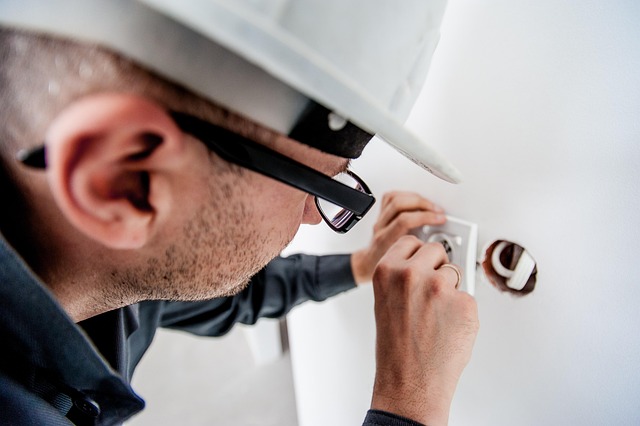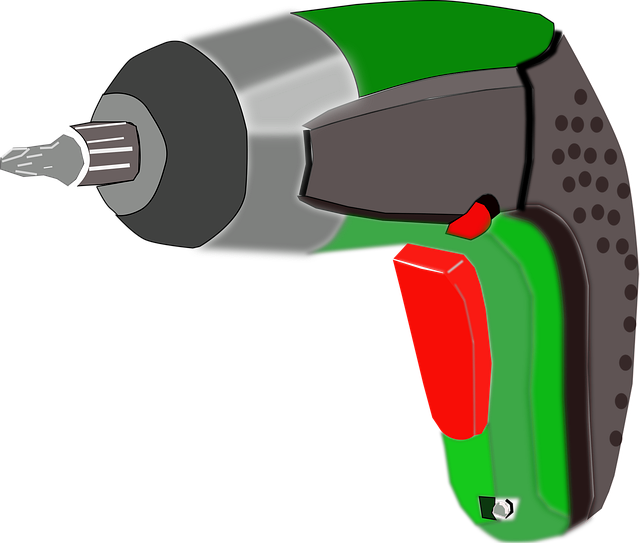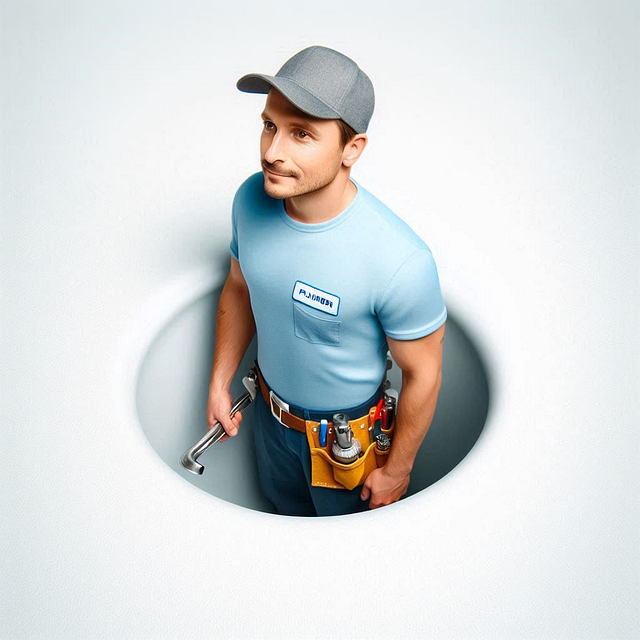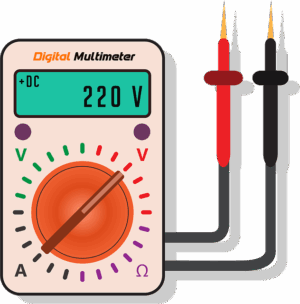Electricians play a vital role in implementing and managing smart home systems, integrating devices like plugs, sensors, and control panels for seamless automation. These systems offer enhanced security, comfort, and convenience through voice controls, surveillance, and energy efficiency. By understanding wireless protocols and electrical codes, electricians create robust networks, enabling homeowners to enjoy tailored, safe living environments.
“Transform your home into a smart, secure sanctuary with the help of an electrician specializing in cutting-edge technology. This article delves into the world of smart home systems from an electrician’s viewpoint, exploring their expertise in automation and security installations. We’ll guide you through the benefits of automated homes, advanced security measures, and provide a step-by-step installation process. Additionally, discover future trends in smart home technology and learn how to stay ahead with expert advice from your local electrician.”
- Understanding Smart Home Systems: An Electrician's Perspective
- The Benefits of Automation for Homeowners
- Security Measures: Protecting Your Space with Advanced Technology
- Installing Smart Devices: A Step-by-Step Guide
- Future-Proofing Your Home: Trends in Smart Home Systems
Understanding Smart Home Systems: An Electrician's Perspective

Smart home systems have revolutionized how we interact with our living spaces, offering unprecedented automation and security features. From voice-activated lighting controls to advanced surveillance systems, these innovations are transforming homes into modern, efficient, and safe environments. As an electrician, understanding the intricacies of these systems is crucial. We’re no longer just wiring walls; we’re integrating technology that enhances comfort, convenience, and peace of mind.
A key aspect of our role involves ensuring compatibility between existing electrical infrastructure and smart home devices. Electricians must be adept at installing and configuring hardware like smart plugs, motion sensors, and centralized control panels. Moreover, knowledge of wireless protocols such as Zigbee and Z-Wave enables us to create seamless networks that allow devices to communicate and respond to commands. By leveraging these technologies, we can craft comprehensive systems tailored to each client’s unique needs, ensuring both optimal performance and long-term reliability.
The Benefits of Automation for Homeowners

Home automation offers homeowners a range of benefits that go beyond convenience and comfort. By installing smart home systems, owners can significantly enhance their property’s security. Automated lighting, for instance, ensures your home appears occupied even when you’re away, deterring potential intruders. Smart thermostats optimize energy efficiency by adjusting temperatures based on occupancy and time, leading to lower utility bills.
Moreover, automation allows for greater control and monitoring of various aspects of your home. Security cameras, interconnected with your smart system, provide real-time video feeds that can be accessed from anywhere, giving homeowners peace of mind. Automated door locks not only simplify entry but also bolster security with quick and secure disengagement from any location. These features, installed and managed by a qualified electrician, contribute to a safer, more efficient, and modern living environment.
Security Measures: Protecting Your Space with Advanced Technology

Smart home security systems have revolutionized the way we protect our spaces, offering advanced technology that goes beyond traditional alarm setups. An electrician specializing in smart home installations can integrate various devices and sensors to create a comprehensive safety network. Motion detectors, for instance, can alert you of any unusual activity within your premises, while smart cameras provide real-time video feeds, allowing you to monitor your property remotely.
These systems are designed with multiple layers of protection. Advanced encryption ensures that your data remains secure, and interconnected devices enable rapid response to potential threats. From basic motion detection to sophisticated facial recognition, these security measures adapt to your needs, providing peace of mind and enhancing the overall safety of your home or business.
Installing Smart Devices: A Step-by-Step Guide

Installing smart home systems can seem daunting, but with a structured approach, it becomes an achievable task for any homeowner or electrician. Here’s a simplified step-by-step guide to help you navigate through the process:
1. Assess Your Needs: Begin by understanding what you want to achieve with your smart home system. Do you seek lighting automation, temperature control, security solutions, or entertainment systems? Identify your priorities and must-have features. This assessment will guide your device selection and installation strategy.
2. Choose Compatibility: Smart home devices operate on various protocols and platforms. Ensure that your chosen gadgets are compatible with each other and can communicate seamlessly. Popular standards include Zigbee, Z-Wave, Wi-Fi, Bluetooth, and more. Picking devices from the same ecosystem will simplify setup and management.
3. Plan Your Layout: Create a layout of your living spaces, marking potential device locations. Consider factors like power outlets, internet connectivity, and line-of-sight for signals. Proper placement ensures optimal performance and minimizes interference. For example, position smart speakers near your entertainment area for better audio quality.
4. Prepare the Wiring: Identify existing wiring and plan any required updates. Some devices might need 24/7 power, while others operate wirelessly. Ensure you have the right outlets or consider adding additional wiring if necessary. Consult local building codes and electrical regulations to ensure compliance.
5. Install Devices: Start setting up your chosen smart home devices according to the manufacturer’s instructions. This may involve mounting switches, sensors, cameras, or speakers at specific locations. Follow safety guidelines and use appropriate tools for each task. For instance, install smart thermostats in central locations for efficient temperature control.
Future-Proofing Your Home: Trends in Smart Home Systems

The smart home revolution is not just a passing fad; it’s a trend that’s here to stay, future-proofing your living space like never before. As technology advances, so too do the capabilities and benefits of these systems, offering peace of mind and increased comfort for homeowners. An electrician who specialises in smart home installations plays a pivotal role in this evolution by ensuring these intricate systems are seamlessly integrated into our daily lives.
From voice-controlled lighting to automated security protocols and energy-efficient appliances, the possibilities are endless. Homeowners can now create custom routines that adapt to their lifestyles, all while reducing their environmental impact. By investing in smart home technology, you’re not just enhancing convenience; you’re safeguarding your property against potential threats and preparing for a more sustainable future.
Smart home systems are transforming the way we live, offering unprecedented automation and enhanced security. As an electrician, understanding these technologies is key to providing cutting-edge solutions for homeowners. By installing smart devices, we empower individuals to control their environment, improve efficiency, and safeguard their properties. This article has explored the benefits, from automated routines to advanced surveillance, highlighting the importance of professional installation. Embracing the future of home automation ensures not only convenience but also peace of mind, making our homes safer and more responsive to our needs.
